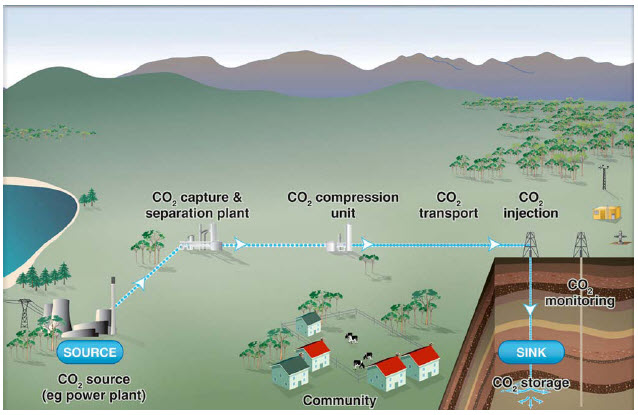CO2 pipelines? It’s a red herring!
March 22nd, 2017

The Great Plains Institute has long been a problem, and it remains a problem, evidenced in today’s missive trying to bootstrap onto tRump’s “infrastructure” agenda, by releasing a “White Paper” “calling on President Trump and Congress to make CO2 pipelines a priority component of a broader national infrastructure agenda and recommending that the federal government support the development of CO2 pipeline networks.” Oh, great… brilliant idea, just brilliant.
Great Plains Institute a problem? Yes. They were paid handsomely to promote coal gasification, projects including but not limited to Excelsior Energy’s Mesaba Project, the boondoggle of boondoggles. For example:
Great Plains Institute – is Joyce getting their $$ worth?
January 18th, 2007
Carbon capture and storage/sequestration was seen by many circa 2005 as a “way forward for coal.” So the Walton’s Bill Grant said. No. It wasn’t.
CO2 sequestration is so… like… not happening!
It wasn’t a “way forward for coal” then, and it isn’t now.
The market has spoken on coal, and it’s clear that coal is on the way out as coal companies go bankrupt, as coal generated electricity languishes on the energy market, and as the inefficient and costly older coal plants have closed, with newer larger plants waiting in queue to be shuttered.
And CO2 capture and storage/sequestration is a farce. Why? Well, we learned a lot about CO2 capture in our fight against Excelsior Energy’s Mesaba Project. That’s where the Public Utilities Commission determined that it was just to expensive and risky to approve a Power Purchase Agreement — go HERE and search for PUC Docket 05-1933. Here’s a rough visual of CO2 capture and storage/use:
 From Global CCS Institute HERE
From Global CCS Institute HERE
So what’s the problem?
- First, capture is costly and difficult, particularly capturing any significant portion of CO2 generated.
- The higher percentage captured, the higher the cost of that capture, and high percentage capture has not been achieved.
- The cost of capture is not only the cost to physically do it, the hardware, technology, and engineering, but there is a high cost in efficiency of the CO2 producer, a parasitic cost, meaning that if you’re capturing that CO2, you’re paying a high price in efficiency of an already inefficient process (burning is always inefficient).
- And another parasitic cost, these pipelines require pumping stations to pressurize andpump it into the pipeline, a pumping station every 75 miles or so to keep that pressure up, and a pumping station at the destination, and those pumping stations require 4-10 MW of power, depending.
- Environmentally, the impacts of digging up land for hundreds of miles is immense.
- These are private projects and for a private project, a private purpose, eminent domain isn’t available for the taking of people’s land.
Yet this CO2 capture and storage/sequestration farce continues, evidenced in the most recent Great Plains Institute missive I found in the inbox, here the missive’s link to CO2 capture and storage for oil extraction, “Enhanced Oil Recovery”.
Here’s their “White Paper” with what they’ll be lobbying for:
Short version: The federal government should make this CO2 pipeline and infrastructure build out happen across the country, a la the Interstate highway system.
In light of tRump’s Executive Order 13766, Expediting Environmental Reviews and Approvals for High Priority Infrastructure Projects, that’s a scary notion.
Check out this site from Global CCS Institute, and note, they talk of benefits, but look for talk of costs. Hmm…
A “way forward for coal?” CO2 capture? Over my dead polar bear.
Leave a Reply